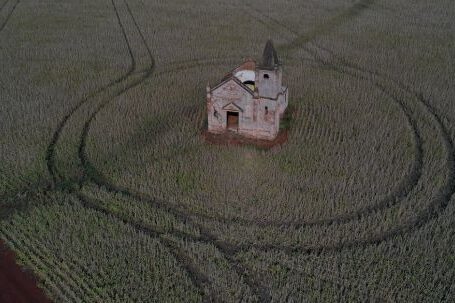Tennessee, known for its stunning landscapes and rich biodiversity, is a paradise for wildlife enthusiasts and photographers alike. With its diverse range of ecosystems, from the Great Smoky Mountains to the Mississippi River, the state offers countless opportunities to capture breathtaking shots of its unique wildlife. Whether you’re a professional photographer or a passionate amateur, here’s a guide to help you make the most of your wildlife watching experience in Tennessee.
First and foremost, it’s essential to plan your trip in advance. Research the best wildlife viewing areas in the state and familiarize yourself with the animals that inhabit those regions. Tennessee is home to a variety of wildlife, including black bears, white-tailed deer, wild turkeys, and bald eagles. Knowing the habits and habitats of these animals will greatly increase your chances of capturing memorable photographs.
Once you’ve identified your target species, it’s time to choose the right equipment. A telephoto lens is an absolute must for wildlife photography, as it allows you to get close-up shots without disturbing the animals. Invest in a lens with a long focal length, preferably between 300mm and 600mm, to capture detailed images from a distance. Additionally, a sturdy tripod and a camera with a high burst rate will help you capture those split-second moments in crisp detail.
When it comes to wildlife photography, patience is key. Animals have their own routines and schedules, so be prepared to spend long hours waiting for the perfect shot. Find a comfortable spot to set up your equipment and observe the animals from a safe distance. Avoid sudden movements and loud noises that could startle or disturb them. Remember, the goal is to observe and capture their natural behavior, not to interfere with it.
Lighting plays a crucial role in wildlife photography. The golden hours, shortly after sunrise and before sunset, offer the most beautiful natural light for capturing stunning images. The soft, warm glow during these times can enhance the colors and textures of the animals and their surroundings. However, don’t be afraid to experiment with different lighting conditions throughout the day. Overcast skies, for example, can create a soft, diffused light that is ideal for capturing wildlife portraits.
Composition is another essential element to consider when photographing wildlife. Instead of centering your subject, try using the rule of thirds to create a more dynamic and visually appealing composition. Place the animal off-center, allowing the viewer’s eye to explore the rest of the frame. Pay attention to the background as well, ensuring that it complements and enhances the subject without distracting from it.
Lastly, remember to respect the wildlife and their habitats. Tennessee’s diverse ecosystems are delicate and easily disrupted. Stay on designated trails and avoid disturbing nesting sites or feeding areas. Keep a safe distance from the animals, using binoculars or your camera’s zoom function to observe them closely. Remember, you’re a guest in their home, and it’s important to minimize your impact on their natural behavior.
In conclusion, Tennessee offers a wealth of opportunities for wildlife photography. With careful planning, the right equipment, patience, and a keen eye for composition, you can capture stunning images of the state’s unique wildlife. Remember to be respectful and considerate of the animals and their habitats, and you’ll be rewarded with memorable photographs that showcase the beauty of Tennessee’s natural world. So pack your gear, head out into the wild, and let your lens capture the magic of the Volunteer State.





